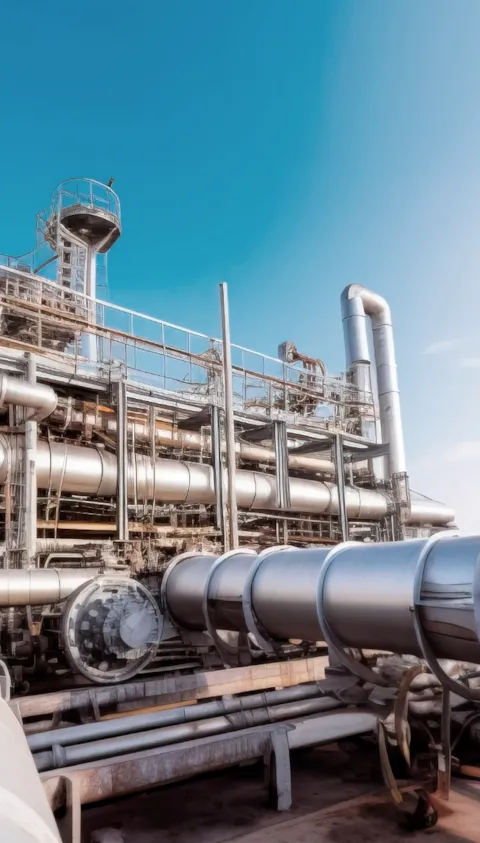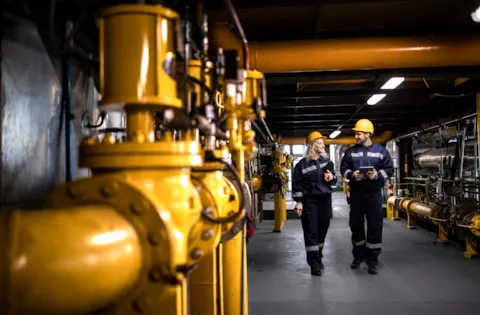

Operators adopting the production, processing or transportation of low and zero-carbon products such as ammonia, biomethane, carbon dioxide, hydrogen, and natural gas seek greater reliability, safety and efficiency.
The need of the hour is the ability to navigate the transition from disruption to growth while ensuring business continuity. The right digital tools, technologies, and data analytics are the key to achieving this.
How does DNV empower the transition?
DNV delivers innovative engineering and software solutions that help energy operators be informed, in control, and empowered to drive change.
Our wide portfolio of accurate and validated models, data-based services and analytical applications supports the entire asset value chain, from production wells to processing facilities, transportation, energy distribution, and storage systems, providing engineers with relevant insights to design and operate low-carbon systems safely and reliably.
From optimizing design, planning, and operations to assessing risks, enhancing efficiency, and improving the reliability of assets, DNV offers solutions for the entire lifecycle.
Helping the energy industry by:
Software solutions for the entire value chain:
Explore the power of digitalization for decarbonization

Digital tools for the production and use of hydrogen, ammonia, and CO2
Assessing consequence and risk for a safe energy transition.

Digital tools for efficient pipeline transport of hydrogen, ammonia, CO2, and biomethane
Ensuring fit-for-purpose pipelines for a safe energy transition.

Digital tool to identify, assess, and mitigate business and operational risks
Providing a single solution for process automation, data management, and holistic risk overview, from planning to production.
Decoding the Energy Transition
Explore our Decoding the Energy Transition video series, where our decoders simplify the complexities of the energy transition to help you navigate the future with confidence.
We aim to answer the critical questions and provide practical insights into the big challenges.
